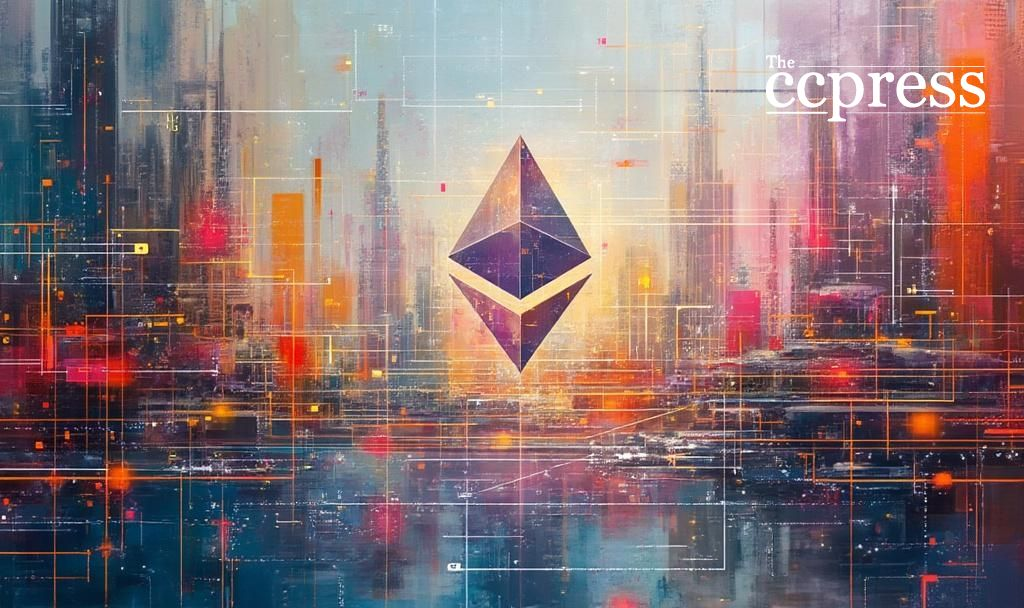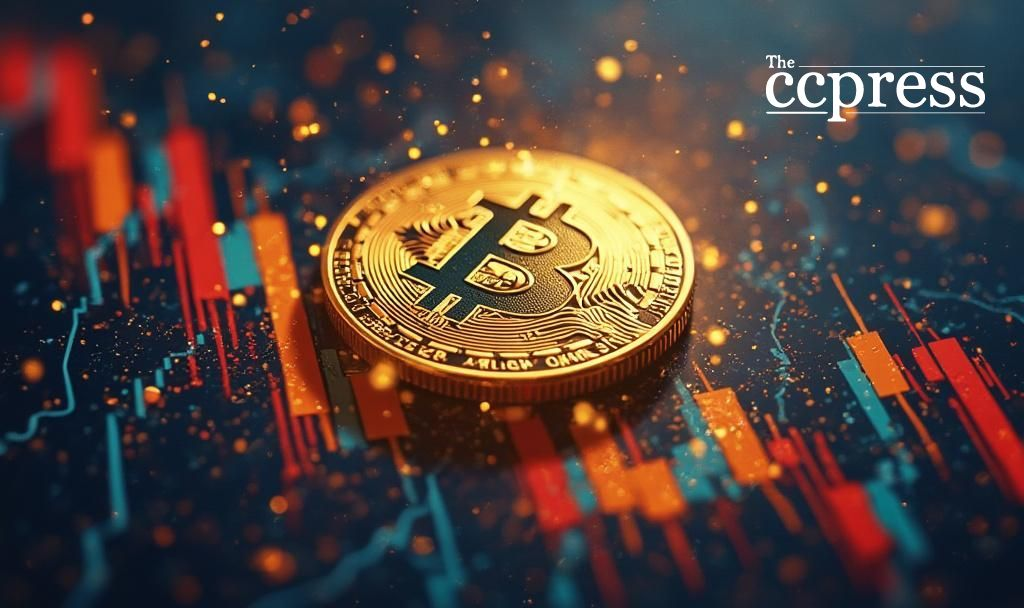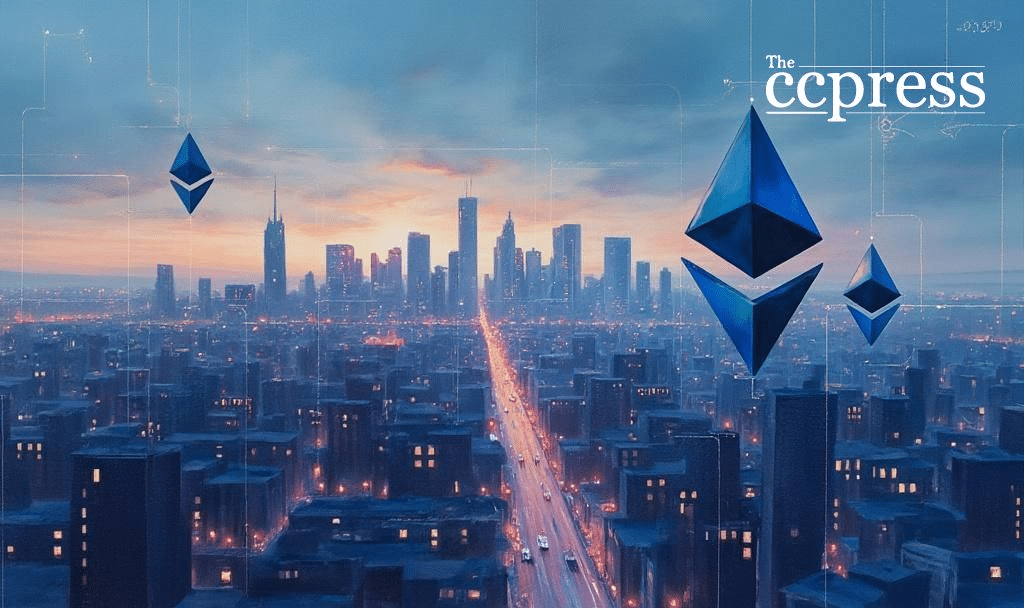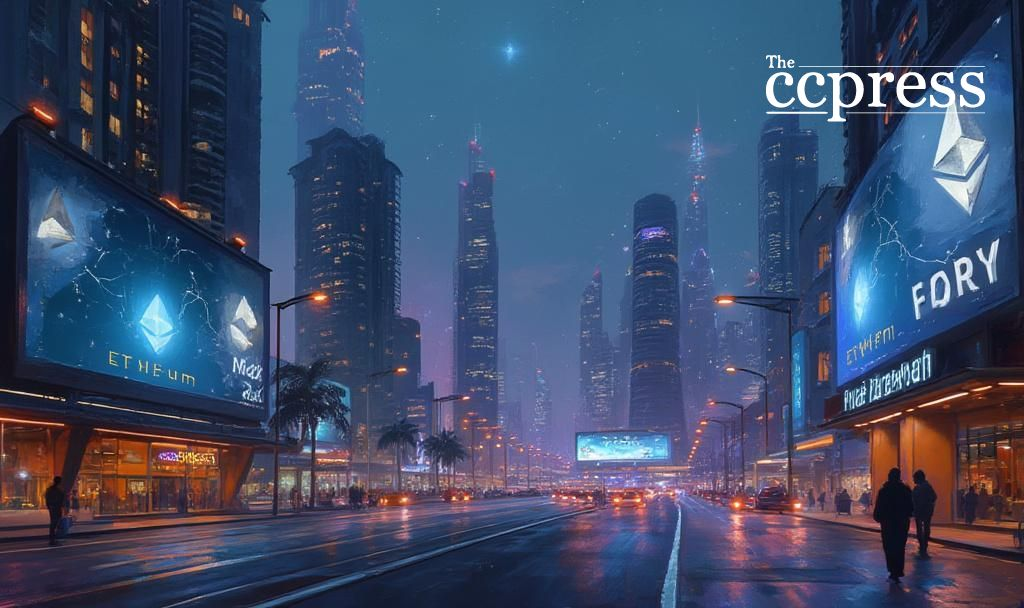- Layer 2 protocols enhance Ethereum’s scalability
- Transaction capacity expanded 17 times
- Fees significantly reduced, boosting user adoption

Ethereum’s Layer 2 ecosystem, led by key networks like Arbitrum and Optimism, significantly advances in 2025 with lowered fees and increased transaction capacity, according to Vitalik Buterin.
The developments signal a transformative phase for Ethereum, reducing costs for users while enhancing scalability, impacting DeFi and NFT activities.
Lede
Ethereum’s ongoing integration of Layer 2 (L2) protocols continues to reshape the blockchain landscape. These technologies have drastically increased transaction capacity and reduced costs, making Ethereum more accessible than ever by scaling its infrastructure significantly.
Nut Graph
As cited by Vitalik Buterin, Layer 2 protocols have decentralized milestones, securing billions in value. Firms like Arbitrum and Optimism lead this evolution, collectively transforming Ethereum’s core operations as they lower costs and boost transaction throughput.
Main Content
Section
The Ethereum market, buoyed by L2 adoptions, experiences notable changes. User and developer adoption surged, securing over $42 billion on chains like Arbitrum and Optimism.
Fees and transaction times decrease, positively impacting users.
“The path that we are taking to scale Ethereum is layer 2 protocols (L2s). The L2s of 2025 are a far cry from the early experiments they were in 2019: they have reached key decentralization milestones, they are securing billions of dollars of value, and they are currently scaling Ethereum’s transaction capacity by a factor of 17x, dropping fees by a similar amount.” – Vitalik Buterin, Co-founder, Ethereum Foundation
These advancements have economic implications, notably lowering costs. Transactions process at a rapid pace, with fees reduced significantly. This scenario enhances Ethereum’s competitiveness against other blockchains and decongests the Ethereum Layer 1 chain.
Section
The Ethereum network experiences a dramatic shift as L2 protocols allow more efficient transactions. The blockchain ecosystem benefits from these technological advancements through improved scalability and reduced transaction barriers.
Looking ahead, experts anticipate continued success fueled by L2 developments. Future challenges include regulatory impacts and interoperability within the blockchain sector. Projects advance on quantum-resistant algorithms and increased decentralization of L2 sequencers, setting the stage for further growth.
| Disclaimer: The content on The CCPress is provided for informational purposes only and should not be considered financial or investment advice. Cryptocurrency investments carry inherent risks. Please consult a qualified financial advisor before making any investment decisions. |

























